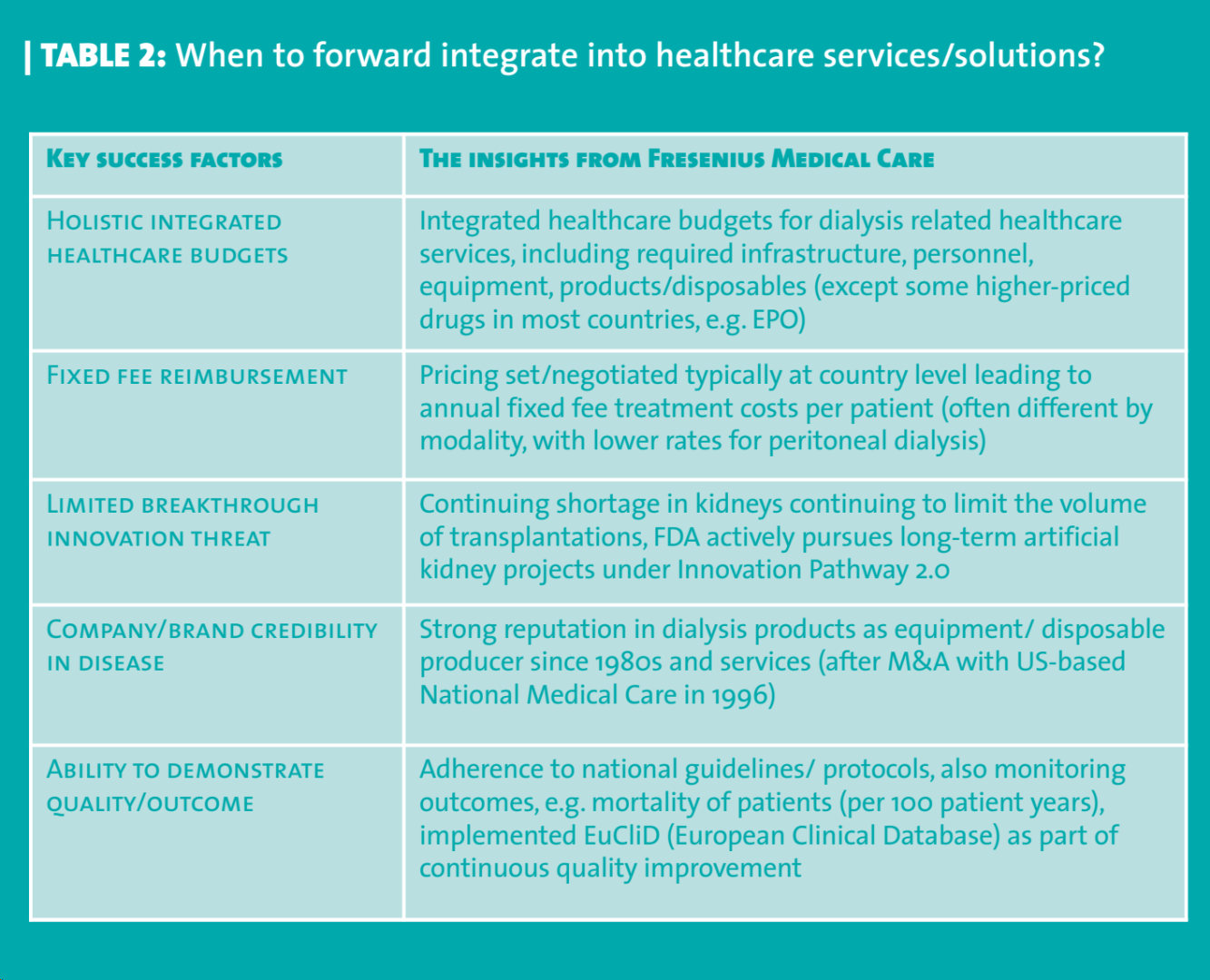Outcommes data are the holy grail of drug development and market access. Everyone involved in healthcare – physicians, patients, governments and in particular payers – wants to see incontestable proof that the introduction of a new drug will result in meaningful and tangible ‘outcomes’. Of course, that is entirely reasonable and not new – clinical trial results have been the cornerstone of drug approvals for decades – but the nature, volume and level of scrutiny of outcome measures for reimbursement has changed and intensified in an environment where there are many more ‘me too’ drugs and a significantly more complex market access environment.
Given exacting payers’ demand for evidence against existing therapies, opportunities presented by a ‘beyond the pill’ strategy become apparent. Unless a new product is first-in-class or significantly differentiated in some way, pharmaceutical companies can no longer rely on the product alone to demonstrate its own value for reimbursement. Rather, the product must now form one part of a compelling package of services which are proven to make a positive impact on healthcare systems – in other words, it is the services created to support and complement a new drug that can now provide the ‘holy grail’ of outcomes data required for reimbursement. Many within pharmaceutical organizations have a vital role to play to make this happen – not least the in-house medics / physicians, who must assist in the design, verification and communication of many of the services and tools so central to this strategy.
But how should we go about choosing a “beyond the pill” strategy?
1) Start with the pill
We are talking about going beyond the pill but that does not depreciate the fundamental value of the therapy itself. The core product will always remain the most important factor, and you should start with the pill when thinking about how to go beyond it into mutually beneficial service provision.
2) Find a Service Model Archetype
After considering where service opportunities will broadly fit with you product and likely resonate with your target customers, a decision on the service model archetype is necessary. For each brand a decision needs to be made based on two key factors – firstly the optimal breadth of the services offered and secondly the level of customization.
3) Consider if “owning” a therapy area is a possibility
A complete solution strategy can enable pharmaceutical companies to potentially ‘own a disease’ through beyond the pill services. Very few pharmaceutical companies have started to integrate products and services holistically for a specific disease.
4) Decide how far beyond the pill to go
‘Owning’ a therapy area through service provision is about as far beyond the pill as it is possible to go – and this obviously won’t be the right strategy for many situations. Deciding just how much to wrap around the product is a central consideration when determining a beyond the pill strategy.
Product-centric strategies have services at their core which address drug or device-specific issues along the patient journey that improve outcomes or increase the loyalty of stakeholders to that particular product. They are almost entirely reliant on drug (and/or device) revenue streams and usually demand a very apparent return on investment.
5) Act now, while a window of opportunity still exists
“Beyond the pill” is an umbrella term for a wide range of services from the simple, tactical necessities, to the allencompassing strategy of ‘owning’ a disease. While the types of services differ enormously in scope and aim, one thing unites them all – they are here to stay.
In an ever-increasingly competitive and overcrowded marketplace, it is vital to have services in place which support your audiences in meaningful ways along the patient pathway and provide vital sources of differentiation for your products. Being able to generate superior outcomes through services is likely to have a positive impact on reimbursement and longevity of success, and ward off threats such as reference pricing systems.

